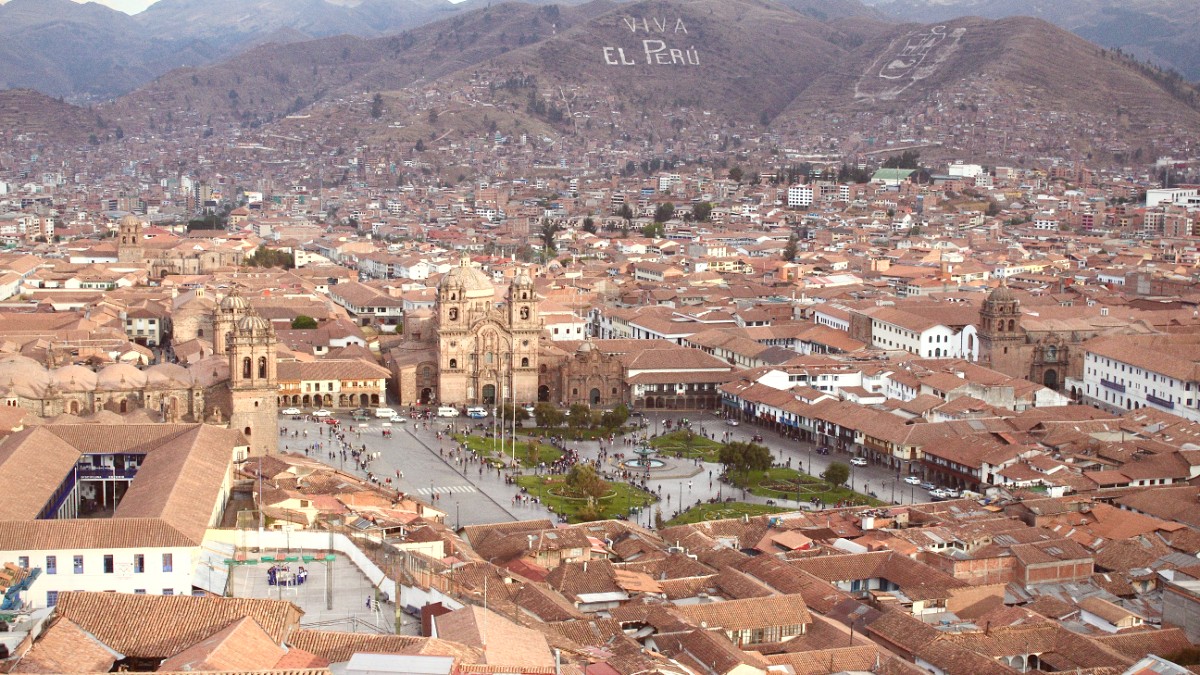
Peru
Potatoes, quinoa, corn, and various meats (alpaca, guinea pig – cuy) have been staples for centuries. The Spanish conquest introduced new ingredients and cooking techniques, creating the unique blend found today.
Flavors are hearty, often earthy, and designed to provide warmth and sustenance in the high-altitude environment.
Potatoes, corn, quinoa, amaranth, various chiles (ají amarillo, rocoto), aromatic herbs like huacatay, cilantro, and parsley. Meats include alpaca, guinea pig (cuy), chicken, and pork.
Cusco's dishes are generally savory, sometimes mildly spicy from ají peppers, and often rich and comforting. Soups are a common and beloved staple.
Distinct from coastal Peruvian cuisine (seafood-rich dishes), Cusco's cuisine emphasizes hearty Andean stews, roasted meats, and potato-based dishes. The Sacred Valley features similar ingredients with a focus on fresh produce.
A traditional Andean delicacy, often served whole with crispy skin. Find it in traditional restaurants in San Blas or outside main tourist areas. Consumed for special occasions.
A cultural experience not to be missed!
Lomo Saltado (stir-fried beef with fries and rice), Aji de Gallina (creamy chicken stew), Rocoto Relleno (stuffed spicy peppers), Papa a la Huancaína (potatoes with cheese sauce).
Widely available and flavorful comfort foods.
Chairo (hearty Andean soup), Alpaca Steak (lean, tender meat), Quinoa Soup/Salad (nutritious grain dishes).
Experience the authentic flavors of the Andes.
Anticuchos are skewers of grilled, marinated beef heart. Salchipapas are French fries served with sliced fried sausages.
Empanadas are baked or fried pastries with savory fillings. Huevo de Codorniz (quail eggs) are often sold as a quick snack.
Experience innovative menus focusing on Andean ingredients and fusion cuisine in upscale settings.
Comfortable dining with a mix of traditional and modern Peruvian dishes.
Discover local flavors and economical dining in bustling markets and simple eateries.
Increasingly available. Many restaurants offer specific dishes, and dedicated vegetarian/vegan eateries like Green Point are popular. Quinoa and vegetable-based dishes are common.
Many traditional Andean ingredients are plant-based.
Awareness is growing, but clear communication is best. Many traditional ingredients (quinoa, corn, potatoes) are naturally gluten-free. Bring a translation card to explain allergies.
Halal and kosher options are very limited; plan to prepare your own food or bring certified items.
Learn to prepare traditional Peruvian dishes. Often start with a market visit.
Explore local markets and street food, gaining insights into culinary culture.
Learn about traditional agricultural practices in the Sacred Valley.
Visit local Chicherías for corn beer or Picanterías for hearty Andean dishes.
Download a Translation app to clearly communicate dietary restrictions to restaurant staff.
This helps avoid misunderstandings and ensures a safer dining experience.
Use Google Maps filters to search for "vegetarian" or "vegan" restaurants specifically catering to these dietary preferences.
Check reviews for insights on food quality and service.
During religious festivals and local celebrations, special dishes may be prepared. These often involve roasted meats and traditional stews, reflecting the harvest or specific cultural events.
Several companies offer Peruvian cooking classes in Cusco. Participants learn about local ingredients and prepare traditional dishes.
Peru is the birthplace of potatoes, with thousands of varieties, from common to exotic, each with unique textures and flavors.
Quinoa, a highly nutritious grain, is a staple. Corn comes in many colors and sizes, integral to numerous dishes and beverages.
Ají peppers (amarillo, rocoto) provide mild to intense heat. Huacatay (black mint) is a common aromatic herb lending unique flavor.
Many restaurants cater to tourists by offering Italian options like pizza and pasta.
Look for authentic Italian places or Peruvian-Italian fusion.
You'll find establishments offering burgers and other familiar international dishes.
This caters to a wide range of tastes and preferences.
Peru's iconic national cocktail, a must-try. Made with pisco, lime juice, simple syrup, egg white, and Angostura bitters.
Coca leaf tea, widely consumed to alleviate altitude sickness symptoms. Found in most hotels and restaurants.
A traditional fermented corn beer. Seek it out in local 'chicherías' for an authentic taste of local culture.
Always drink bottled or purified water. Avoid tap water to prevent stomach upset.